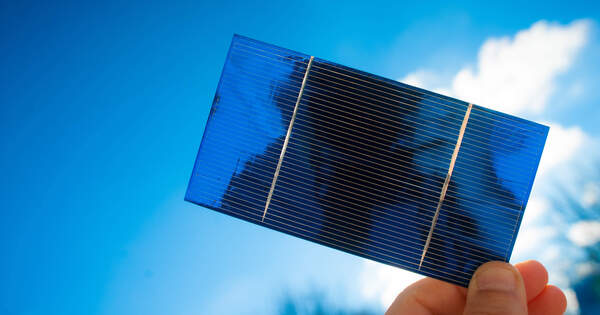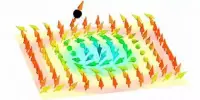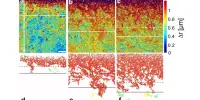Paderborn University physicists used complicated computer simulations to create a novel design for solar cells that are substantially more efficient than prior models. Tetracene, a thin layer of organic material, is responsible for the increased efficiency. The results have been published in the journal Physical Review Letters.
“The annual energy of solar radiation on Earth amounts to about one trillion kilowatt hours, exceeding world energy demand by more than 5000 times. Photovoltaics, or the generation of electricity from sunshine, so has a significant and mostly unexplored potential for supplying clean and renewable energy. Prof Dr Wolf Gero Schmidt, physicist and Dean of the Faculty of Natural Sciences at Paderborn University, argues that silicon solar cells, which now dominate the market, have efficiency constraints. One possible explanation is that some of the energy from short-wave radiation is transformed into undesirable heat rather than electricity.
The annual energy of solar radiation on Earth amounts to about one trillion kilowatt hours, exceeding world energy demand by more than 5000 times. Photovoltaics, or the generation of electricity from sunshine, so has a significant and mostly unexplored potential for supplying clean and renewable energy.
Prof Dr Wolf Gero Schmidt
Schmidt explains: “In order to increase the efficiency, the silicon solar cell can be provided with an organic layer, for example made from the semiconductor tetracene. Short-wave light is absorbed in this layer and converted into high-energy electronic excitations, so-called excitons. These excitons decay in the tetracene into two low-energy excitations. If these excitations can be successfully transferred to the silicon solar cell, they can be efficiently converted into electricity and increase the overall yield of usable energy.”
Advances in solar cell technology are crucial for improving the efficiency and affordability of solar energy, which plays a significant role in sustainable energy production. More efficient solar cells mean that they can convert a higher percentage of sunlight into usable electricity, potentially leading to lower costs and wider adoption of solar energy systems.

Decisive breakthrough for rapid energy transfer
Schmidt’s team is investigating the excitation transfer of tetracene into silicon using complex computer simulations at the university’s high-performance computing center, the Paderborn Center for Parallel Computing (PC2). A decisive breakthrough has now been achieved: in a joint study with Dr. Marvin Krenz and Prof. Dr. Uwe Gerstmann, both from Paderborn University, the scientists demonstrated that special defects in the form of unsaturated chemical bonds at the interface between the tetracene film and the solar cell significantly accelerate exciton transfer.
Schmidt: “Such defects occur during hydrogen desorption, resulting in electronic interface states with fluctuating energy.” These fluctuations act as a lift, transporting electronic excitations from tetracene to silicon.
Such “defects” in solar cells result in energy losses. This makes the trio of researchers’ findings all the more astonishing: “In the case of the silicon-tetracene interface, flaws are necessary for rapid energy transfer. Our computer models produced some pretty shocking results. They also provide exact guidelines for designing a new sort of solar cell with substantially higher efficiency,” the physicist says.
















